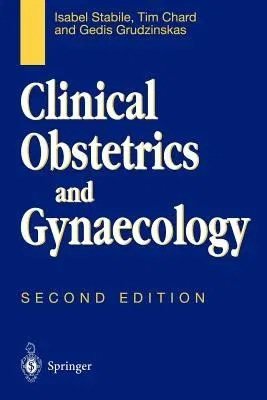Isabel Stabile
(Author)Clinical Obstetrics and Gynaecology (Softcover Reprint of the Original 2nd 2000)Paperback - Softcover Reprint of the Original 2nd 2000, 12 April 2000

Qty
1
Turbo
Ships in 2 - 3 days
In Stock
Free Delivery
Cash on Delivery
15 Days
Free Returns
Secure Checkout
Print Length
219 pages
Language
English
Publisher
Springer
Date Published
12 Apr 2000
ISBN-10
1852336153
ISBN-13
9781852336158
Description
Product Details
Book Edition:
Softcover Reprint of the Original 2nd 2000
Book Format:
Paperback
Country of Origin:
US
Date Published:
12 April 2000
Dimensions:
23.39 x
15.6 x
1.24 cm
Genre:
Ecology
ISBN-10:
1852336153
ISBN-13:
9781852336158
Language:
English
Location:
London
Pages:
219
Publisher:
Weight:
331.12 gm

